What will Iran’s new president do with a slew of economic problems he inherited?
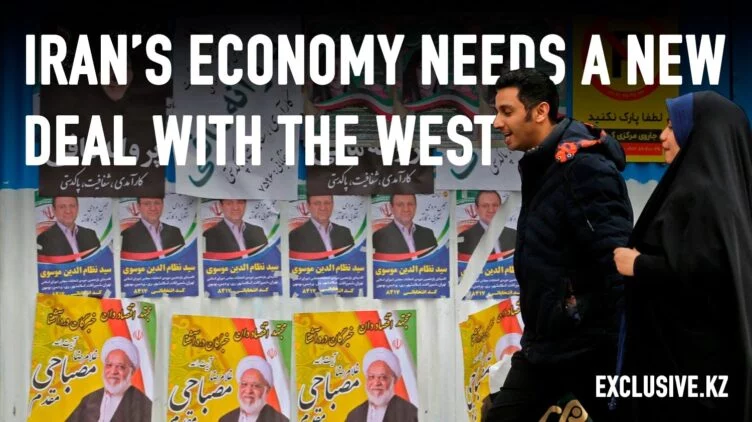
Iran’s snap election to replace the late President Ebrahim Raisi may have revived Iran’s reform movement. Disillusioned voters who had abstained from participating in the June 2021 presidential election and the parliamentary election in May rallied to the progressive candidate, Masoud Pezeshkian, a 69-year-old heart surgeon who promised to improve people’s livelihoods and reduce social tensions. Those commitments, combined with his informal style of attire and speech, were enough to defeat the arch-conservative candidate, Saeed Jalili, by ten percentage points.
But support from reformists does not necessarily place Pezeshkian in the reformist camp. He himself resists that label, as well as the idea that he represents a continuation of the moderate Hassan Rouhani’s presidency between 2013 and 2021. Like Rouhani, Pezeshkian sees better relations with the West and an end to sanctions as a strategic imperative for Iran. But beyond that, his policies are likely to be different from Rouhani’s in important respects.
For example, Pezeshkian stresses the importance of economic justice, which puts him closer to former President Mohammad Khatami than to Rouhani, who had more faith in markets. Pezeshkian was previously involved in Iran’s innovative rural health-care delivery system, and he still believes in publicly provided health care and education – services that are increasingly, and inequitably, supplied by the private sector.
While Rouhani’s core supporters were Western-oriented secular members of the middle class, Pezeshkian appeals to pious households that generally do not seek a violent overthrow of the Islamic Republic. This may explain why he was allowed to run in the first place, and it implies that the next four years will be a far cry from a “Rouhani third term.”

The new president inherits a slew of economic problems that have accumulated over the past decade of harsh US sanctions and heightened regional tensions. Investment in Iran has fallen to a historic low of 11% of GDP; a deteriorating electricity and natural-gas network (once a source of pride) has led to more frequent power outages; and rural-urban migration, fueled by drought, has strained water supplies and other services.
The lackluster economic performance under Raisi’s “revolutionary” government (a label applied by hardliners who sought to reprise the original values of the Islamic Revolution) may have convinced some powerful conservatives that letting a reformist leader negotiate a new deal with the West is worth the risk. To advance his goal of getting sanctions eased, Pezeshkian has recruited former Rouhani advisers like Javad Zarif, the able diplomat who negotiated the 2015 nuclear deal with China, France, Russia, the United Kingdom, the United States, Germany, and the European Union. Zarif participated enthusiastically in Pezeshkian’s campaign, though he has ruled out serving in the new president’s cabinet.
At issue is not so much ideology as the practical realization that most of Iran’s major economic problems stem from sanctions. As I argue in How Sanctions Work, Iran’s economy was growing robustly until 2011, when the US and its allies tightened sanctions to force it to curtail its nuclear ambitions and come to the negotiating table.
Those measures severely limited Iran’s oil exports and its access to global banking and financial markets, causing a wide array of other problems. For example, annual inflation, which had already been oscillating between 20% and 40% for decades, spiked in 2012 and again in 2018, after the Trump administration terminated the nuclear deal. As a devalued Iranian currency pushed up local prices and blew holes in the government’s budget, the central bank responded by printing money.
Though this further fueled inflation, policymakers had little choice, because the usual sources of financing (like borrowing from abroad) were no longer available or effective. Pezeshkian will face the same limitations. Issuing domestic bonds would require the government to pay interest rates in excess of 30% per year, which would lead only to larger deficits. Likewise, hiking taxes in an economy accustomed to receiving oil rents would be economically difficult and politically fraught, and fighting inflation with cuts to social spending and credit would result in higher poverty and unemployment.
Another possibility is to raise energy prices. The very low prices of recent years have encouraged gasoline and natural-gas consumption above the global average. Demand for gasoline has been rising for the past decade, even as incomes have stagnated. Iran currently imports gasoline at about $0.75 per liter and sells it at the pump for $0.03 per liter. Yet while raising prices to global levels would close the budget gap, this, too, would be inflationary, and thus politically unwise at the start of a new administration.
The only remaining option is to increase revenues by exporting more oil, which requires a deal with the US. An easing of sanctions on Iranian oil not only would reduce the need to print money; it also would mitigate future foreign-exchange shocks if Donald Trump returns to the White House and ramps up his “maximum pressure” campaign against Iran next year.
Loosening the constraints on Iran’s access to the global financial system is no less important. The past decade of currency devaluation has reduced Iranian wages by a factor of three in foreign currency units. Yet Iranian workers cannot benefit from this new source of competitiveness because banking sanctions hamper Iranian exports to most foreign markets.
Regardless of who wins the US presidential election this November, the choice facing Iran’s new moderate president is obvious. With no end in sight to the gruesome war in Gaza, and with Hezbollah and Israel exchanging fire across the Lebanese border, the situation in the region is highly volatile. Since a destructive regional war is not in Iran’s interest, it makes sense to view Pezeshkian’s election as a signal that Iran’s leadership is interested in reducing tensions. That means the US has a new opportunity either to revive the nuclear agreement that Trump discarded, or to hash out a new deal.
Copyright: Project Syndicate, 2024.
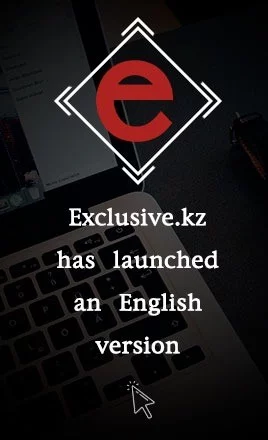
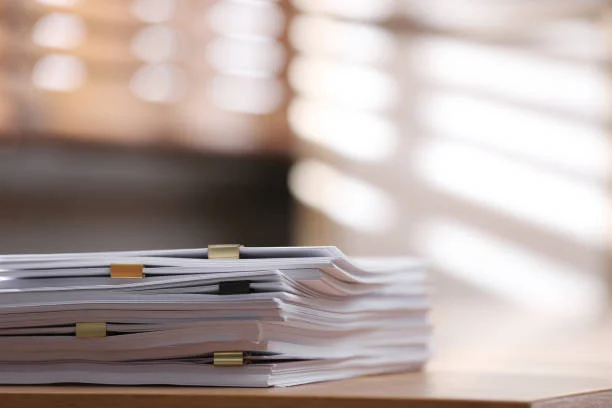

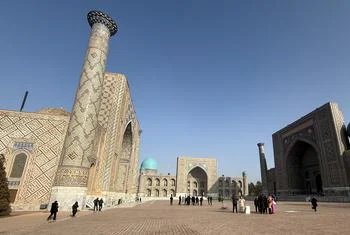
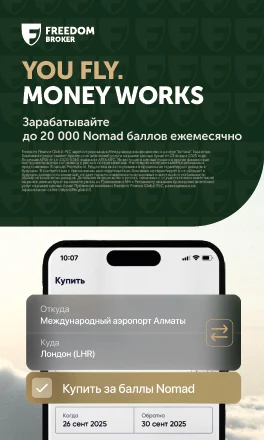
Все комментарии проходят предварительную модерацию редакцией и появляются не сразу.